Nation’s Greenest Office Markets: CBRE Report
The study found that institutional owners continue to seek green building certifications across the 30 largest metros of the U.S. Of all the properties surveyed, 10.3 percent have Energy Star labels while 4.7 percent are LEED certified.
By Gail Kalinoski
Energy benchmarking ordinances are increasing in the United States and appear to be having an impact on the office market. Nine of the cities that placed in the top 10 of the fourth annual Green Building Adoption Index have implemented the new rules and the number of green certifications have risen.
The percentage of commercial office space in the top 30 U.S. markets that has been certified as “green” or “efficient” is now 38 percent, up from less than five percent in 2005, according to the study done by CBRE and Maastricht University in collaboration with the U.S. Green Building Council.
Report Insights
This year, the Institute for Market Transformation helped with the analysis of the impact of benchmarking laws on the adoption of green building certification programs, including USGBC LEED and EPA ENERGY STAR. “While it is still too early to make a definitive correlation between benchmarking ordinances and the rate of growth in ‘green’ buildings, this year’s findings do begin to establish a link that will be studied closely in the future,” David Pogue, CBRE’s Global Director of Corporate Responsibility, said in a prepared statement.
The report noted that since 2008, 23 U.S. cities, Montgomery County, Md., and the state of California have enacted laws requiring large privately owned commercial buildings to annually measure and benchmark their energy consumption and publish the scores. It stated that cities with benchmarking laws have nine percent more ENERGY STAR and LEED certified buildings and 21 percent higher ENERGY STAR and LEED certified square footage. Buildings that hold either the ENERGY STAR label, LEED certification or both are considered “green,” according to the study.
“Even though the current federal legislative agenda has shifted the focus away from energy efficiency and sustainability, the momentum in the commercial real estate industry toward improving building operation performance and enhancing building quality is hard to derail,” Nils Kok, associate professor at Maastricht University, said in prepared remarks.
The study found that institutional owners of office buildings continue to seek green building certifications in the 30 largest markets of the U.S. Of all the buildings surveyed, 10.3 percent have Energy Star labels while 4.7 percent are LEED certified. The report did note the total percentage of certified space fell slightly due to expiration of some certifications.
Top Green Cities
Chicago took the top spot in this year’s survey of green office buildings, moving up from second place last year, with 66 percent of its office space having green certifications. It increased its percentage by 6.5 percent this year to push San Francisco, which was the top green office market last year, into second place with almost 62 percent certified. The index shows Atlanta in third place with 55.1 percent green office buildings; Houston in fourth with 53.2 percent and Minneapolis/St. Paul in fifth with 50.9 percent.
Rounding out the Top 10 green U.S. office markets are: Los Angeles, 49.4 percent; Denver, 41.9 percent; Washington, D.C., 41.7 percent; Seattle, 40.1 percent and Manhattan, 39.4 percent.



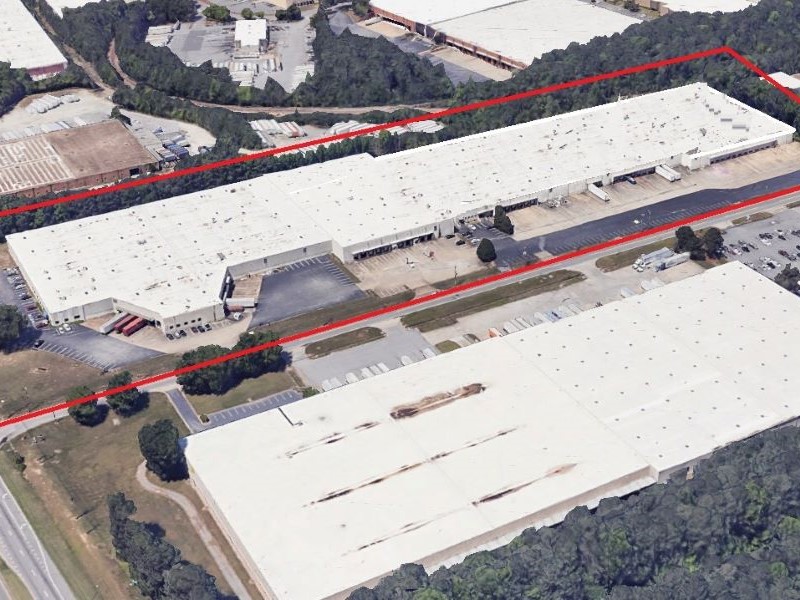
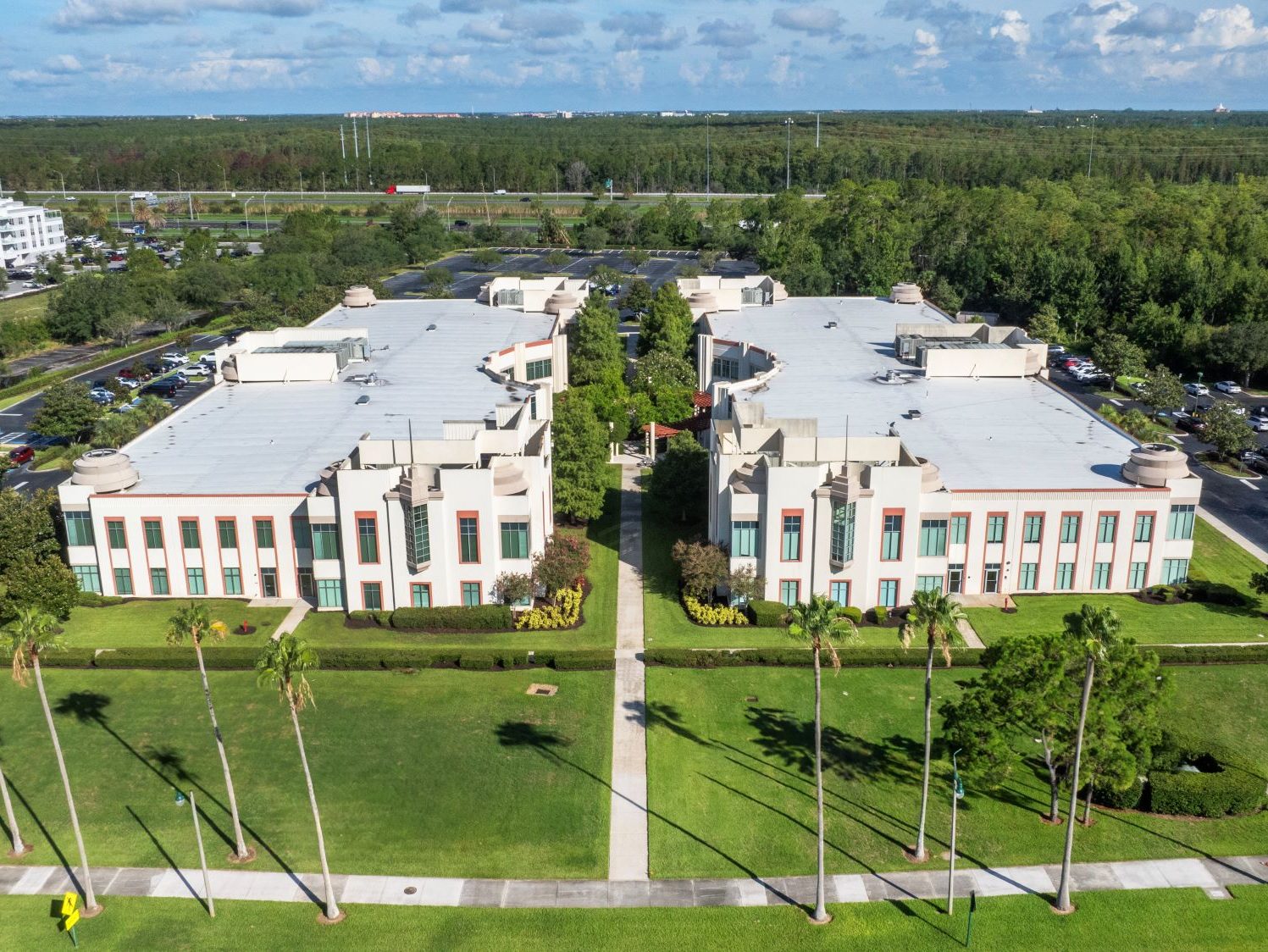
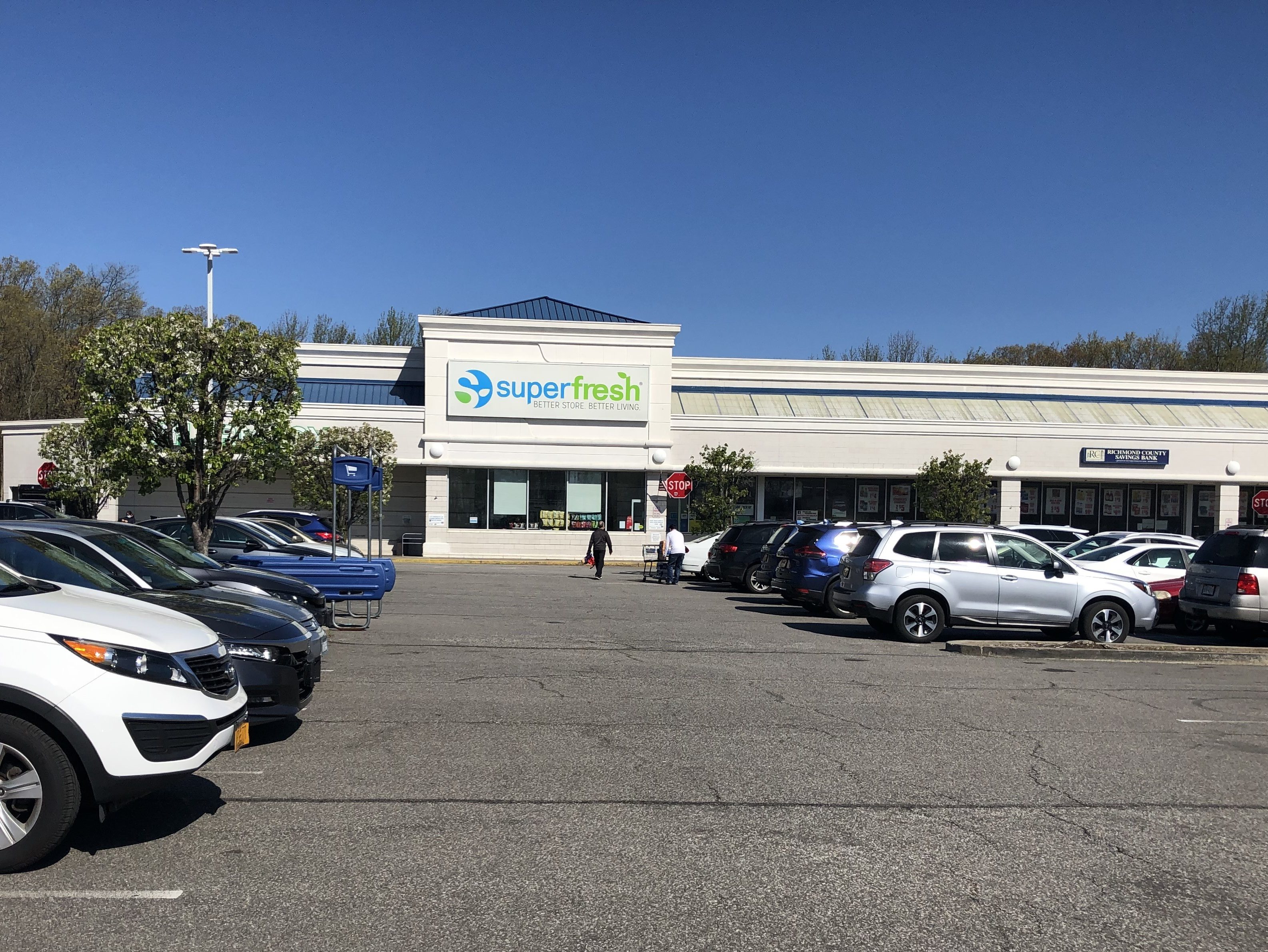
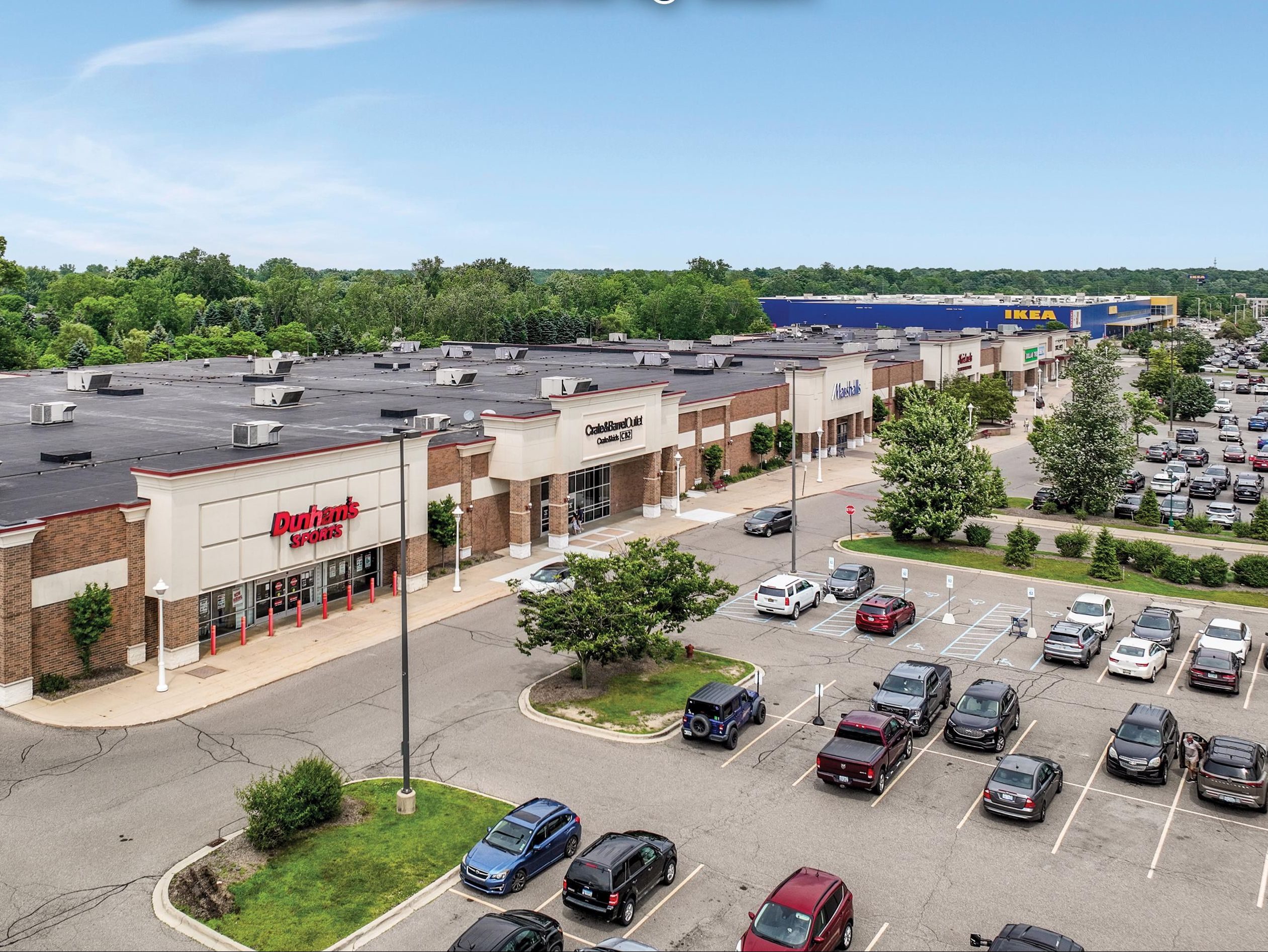
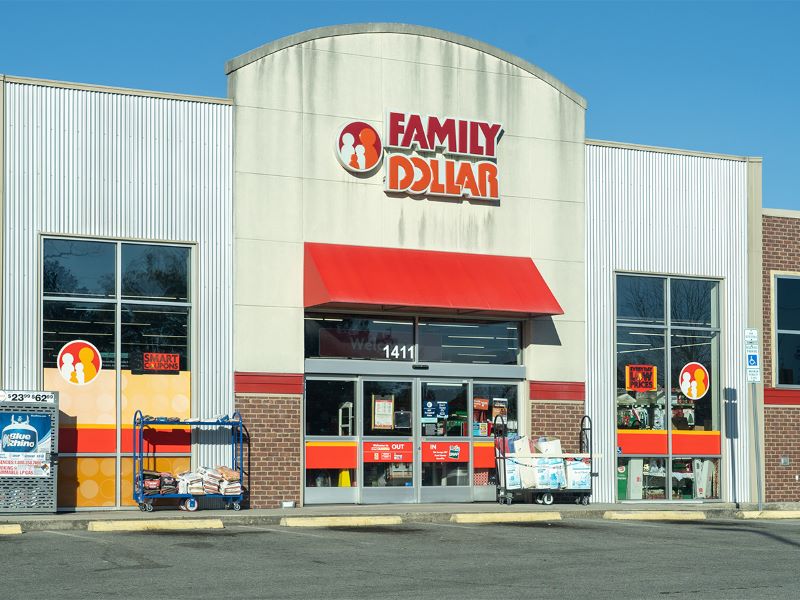
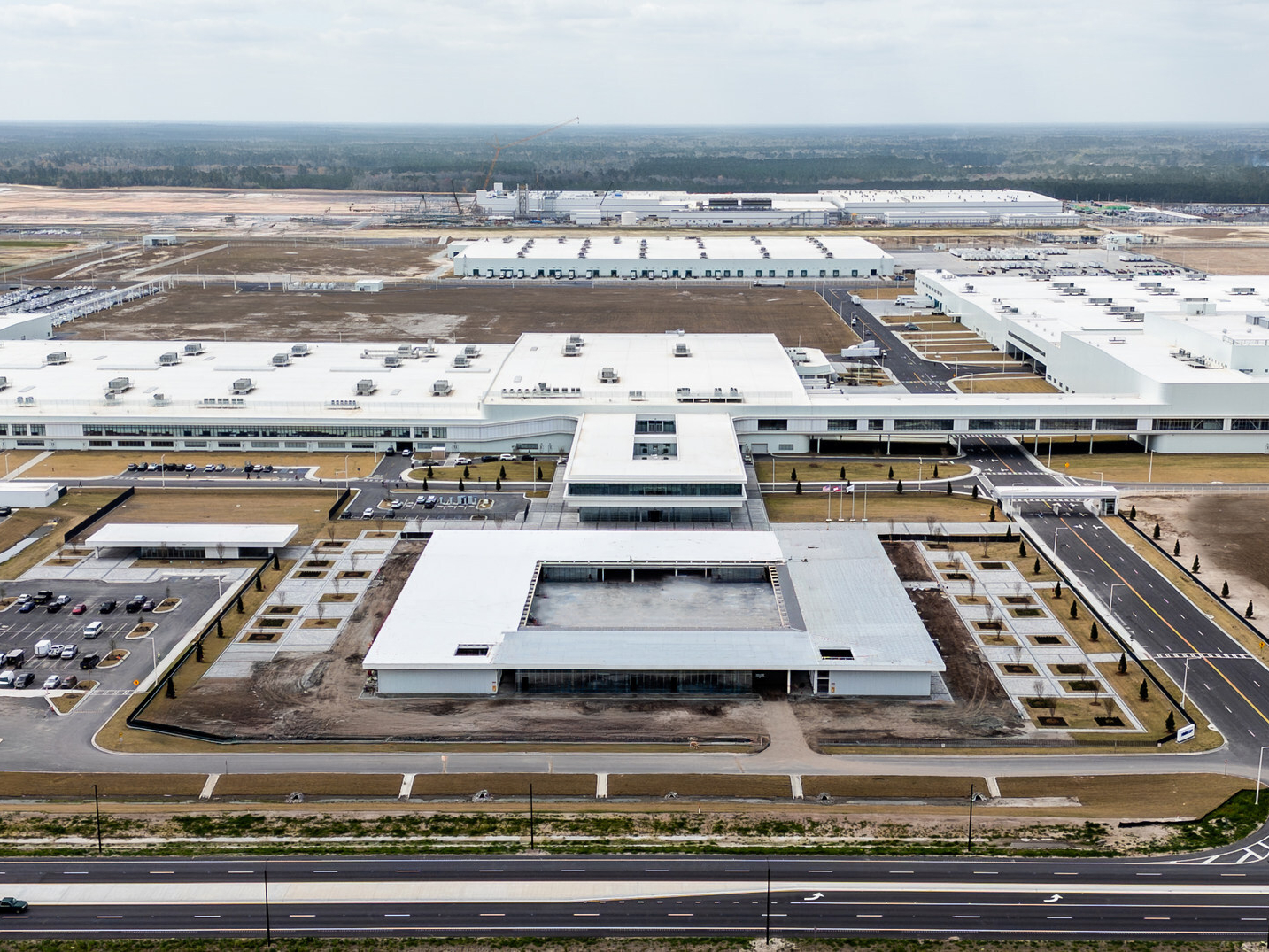
You must be logged in to post a comment.